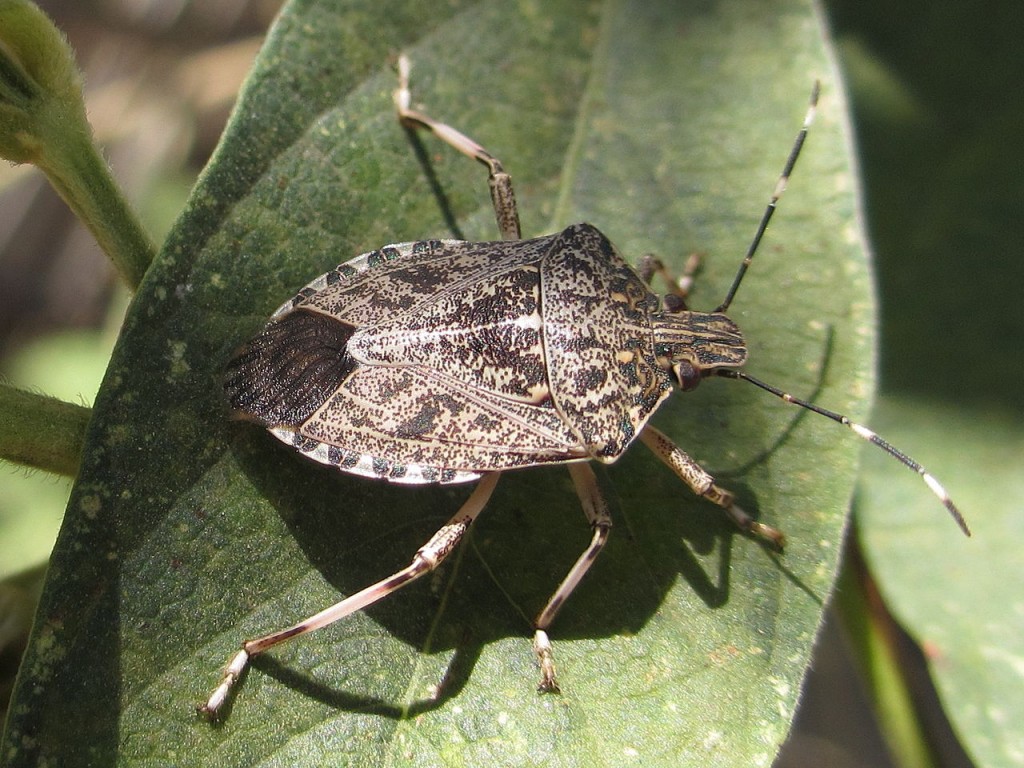Stink Bugs: Will They Bite and How Can I Get Rid of Them?

Brown Marmorated Stink Bugs
Stink bugs are one of those creatures everyone sees, but no one really understands or likes, and for good reason. The Brown Marmorated Stink Bug (Halyomorpha halyes), also known by BMSB, first showed up in the US around 2001 in Pennsylvania. It's thought to have been brought in with either fruits or fruit trees of some sort. As a native to Eastern Asia it is truly an invasive. Even in its home countries, it's a pest, including in Japan, Korea, and China. In the last decade or so they have invaded over thirty-four states in the Mid-Atlantic region of the US, including Washington DC. They were first seen in Oregon and out west around 2004 and since then they've spread in California and other states.
I'm going to call these guys stink bugs for now because Brown Marmorated Stink Bug sounds good, but it's long to type and BMSB just looks funny. The stink bugs we're talking about are mostly brown or marbled brown and tan on top and whitish grey on bottom. They are usually about 1" long as adults, smaller as nymphs. They belong to the Hemiptera, or "true bug" family, and more specifically, to the suborder called Heteroptera. That's not to say that there are false bugs, but true bugs are "typical insects" with the usual set up of body parts and legs. Hemiptera, also, all have piercing mouth parts (bug sippy straws). Stink bugs and Heteropterns also have a special set of wings (Heteropera means "different wings" in Greek). Their type of wings are called hemelytra. The wing part nearest their head is leathery while the part near their rear is membranous like the wings of a dragonfly. If you look carefully at the stink bug's back you can see a large X. It's this X that lets you know it's in the hemiptera family. There are two triangles formed by the X, one near the head, and one near the rear. The one near the rear is the set of membranous wings folded up. X marks the spot when you're looking for all true bugs.

To be sure you're looking at a brown marmorated stink bug, and not a native US species, be sure to look for the white bands that are on their antennae. There should be one near the antennae joint, and sometimes a smaller one or two closer to the head.
When talking with friends and "non-bug-folks", some of the first questions they ask are:
1. Do stink bugs bite? Nope, you're safe. If you look closely at these little home (and crop) invaders, you'll see that they have a straw like projection that tucks up under their head. This is a sucking proboscis. It can pierce the flesh of fruit, such as apples, pears, and peaches, so it's not out of the question that it could give you a short poke or stab, but this is rare. They don't sting either.
There are other Hemipterans that can give a much worse poke than the stink bug. Check out this picture of an Assassin bug sucking the life juices from a beetle.


